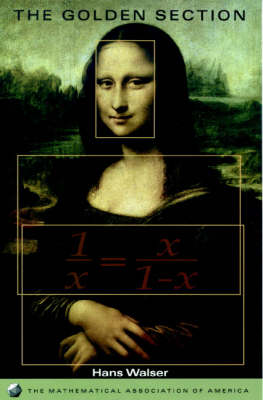Spectrum
3 total works
The Golden Section has played a part since antiquity in many parts of geometry, architecture, music, art and philosophy. However, it also appears in the newer domains of technology and fractals. In this way, the Golden Section is no isolated phenomenon but rather, in many cases. the first and also the simplest non-trivial example in the context of generalisations leading to further developments. It is the purpose of this book, on the one hand, to describe examples of the Golden Section, and on the other, to show some paths to further extensions. The treatment is informal and the text is enriched by the presence of very illuminating diagrams. Questions are posed at fairly frequent intervals and the answers to these questions, perhaps only in the form of very broad hints for their solution, are gathered together at the end of the text.
We are all familiar with the everyday notion of two-sided symmetry, as viewed for example in the external form of the human body. But in its broadest interpretation symmetry is a property which involves regularity and repetition. In this sense symmetry can be found everywhere, especially in science and art. The aim of this book is to present selected examples of symmetry, drawn from a wide variety of topics, in a way that will be understandable to students and teachers of mathematics as well as to the interested layman.
The 99 points of intersection presented here were collected during a year-long search for surprising concurrence of lines. For each example we find compelling evidence for the sometimes startling fact that in a geometric figure three straight lines, or sometimes circles, pass through one and the same point. Of course, we are familiar with some examples of this from basic elementary geometry - the intersection of medians, altitudes, angle bisectors, and perpendicular bisectors of sides of a triangle. Here there are many more examples - some for figures other than triangles, some where even more than three straight lines pass through a common point. The main part of the book presents 99 points of intersection purely visually, developed in a sequence of figures. In addition the book contains general thoughts on and examples of the points of intersection, as well as some typical methods of proving their existence.


